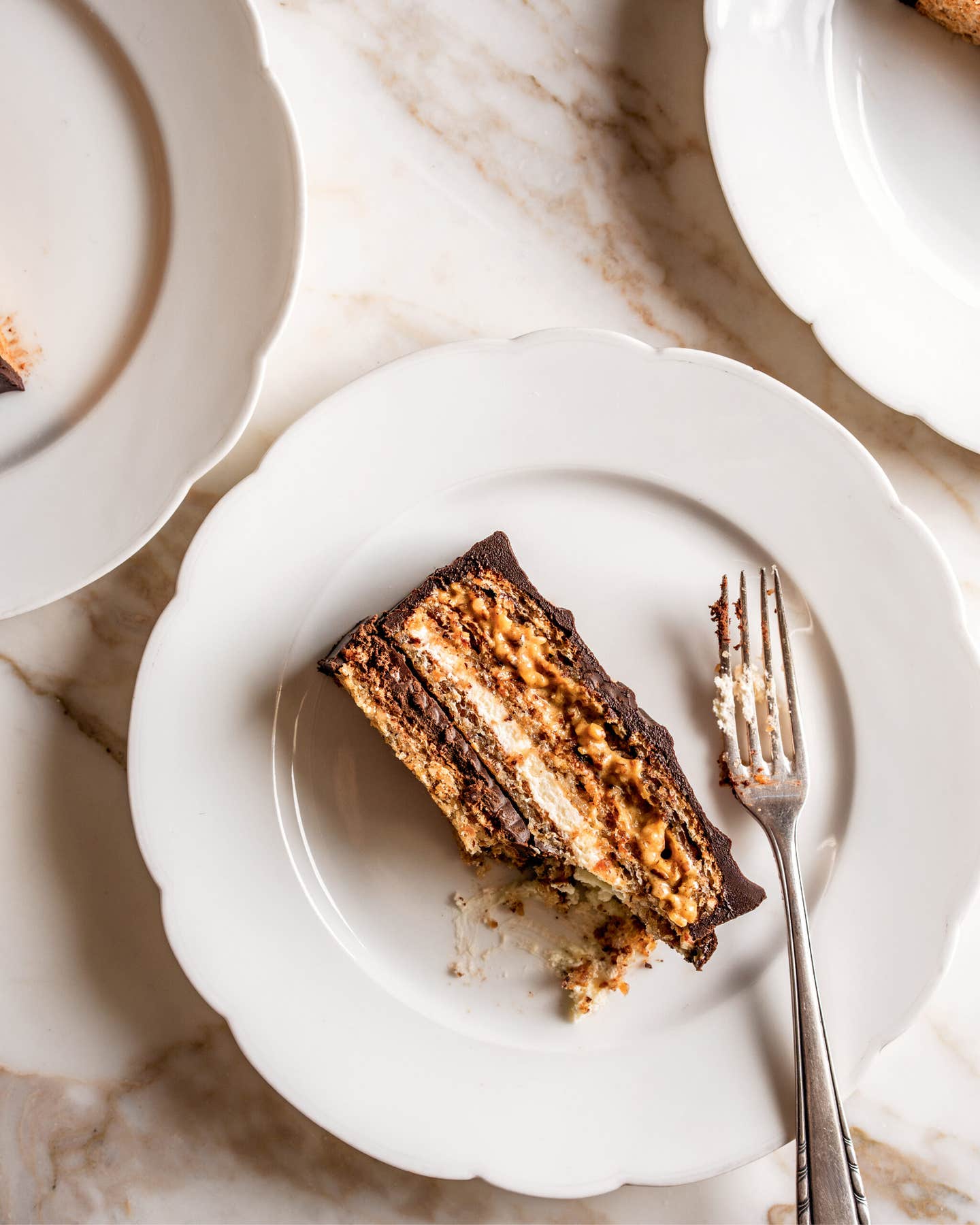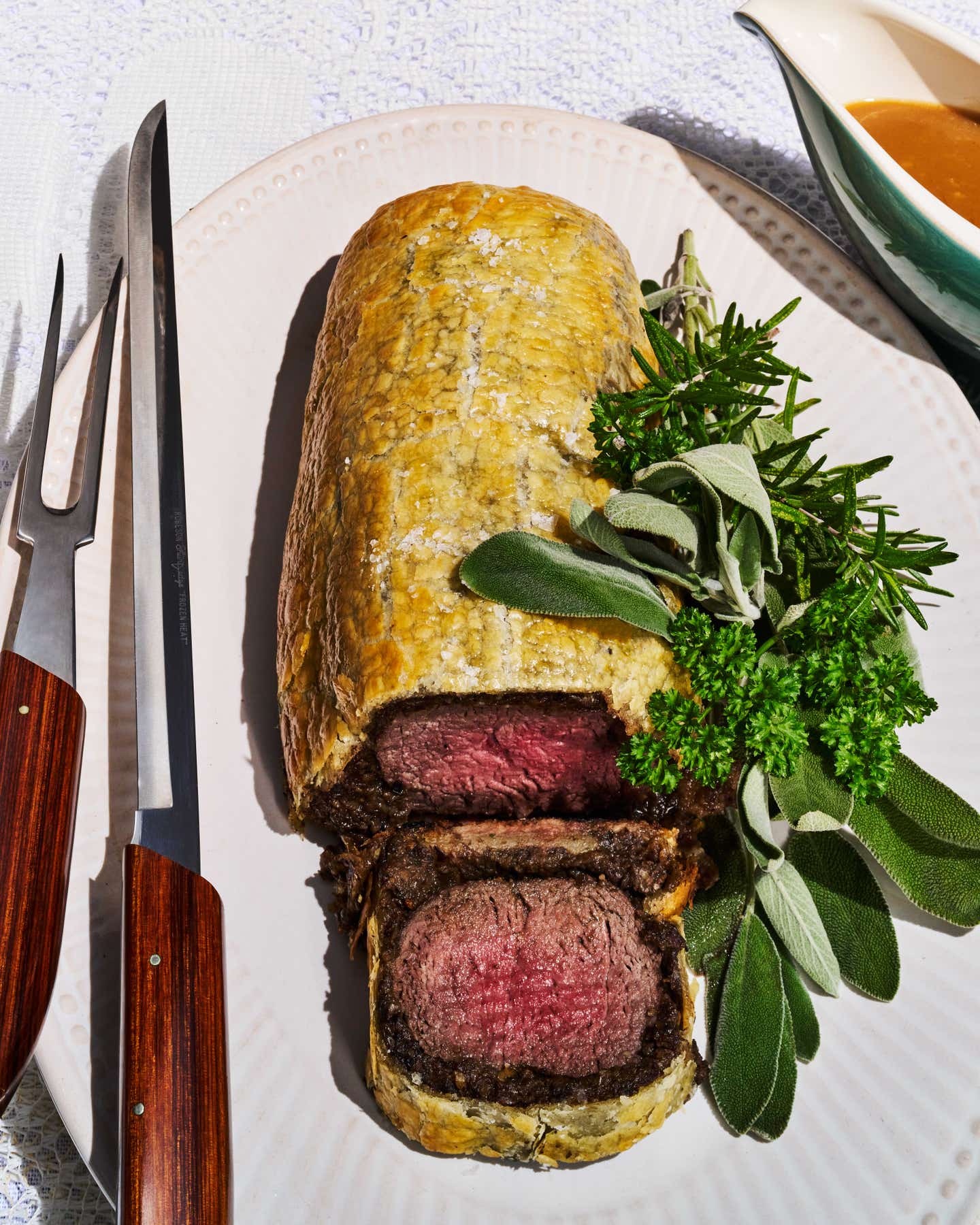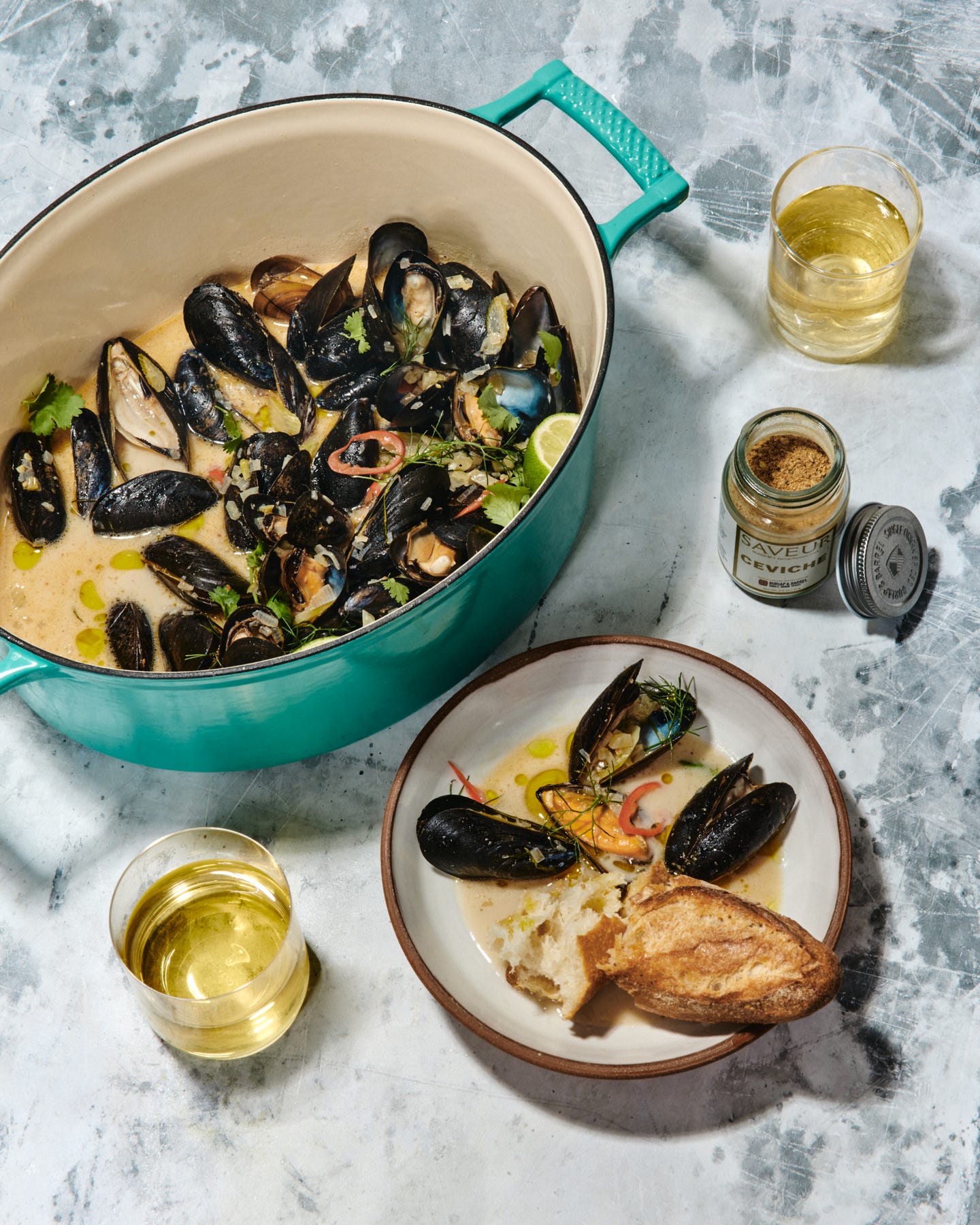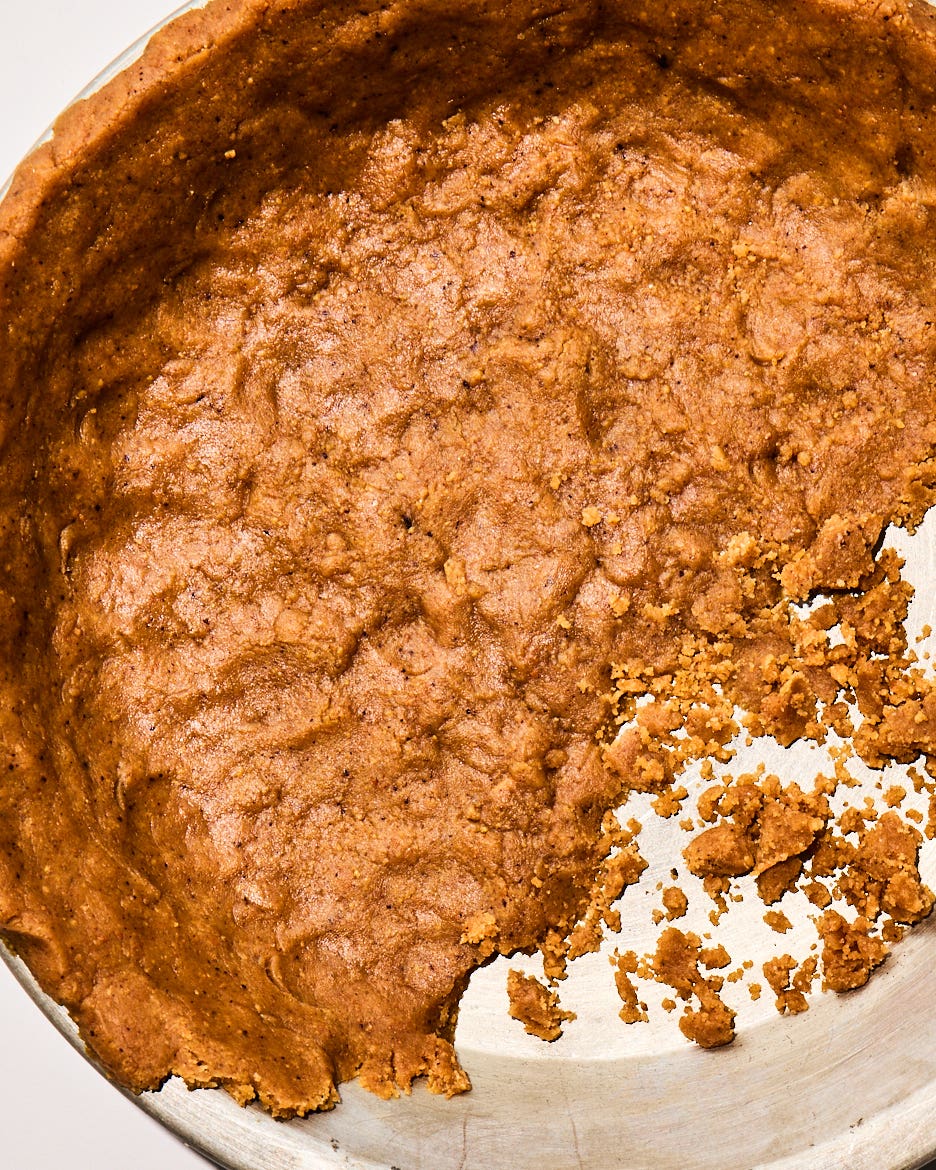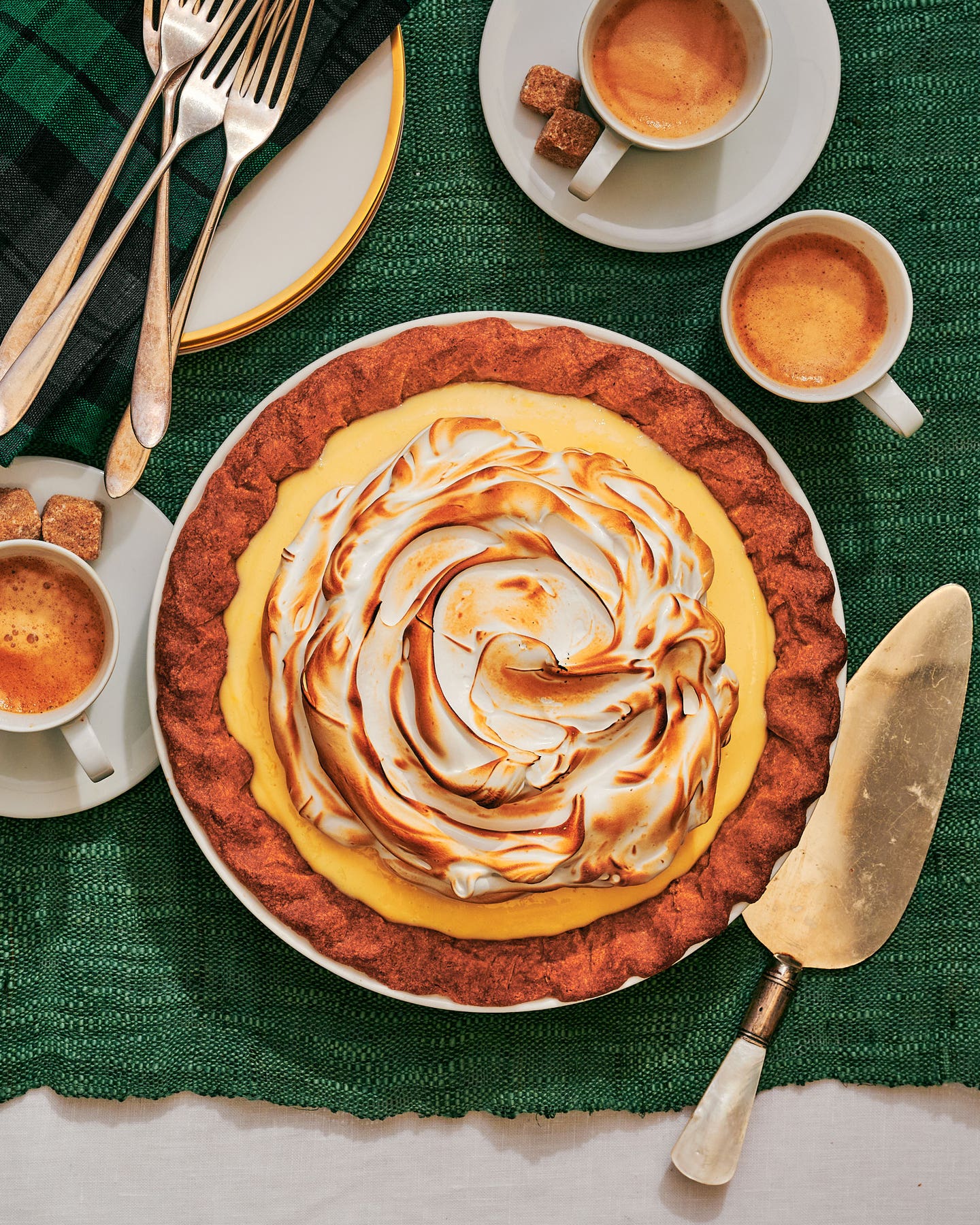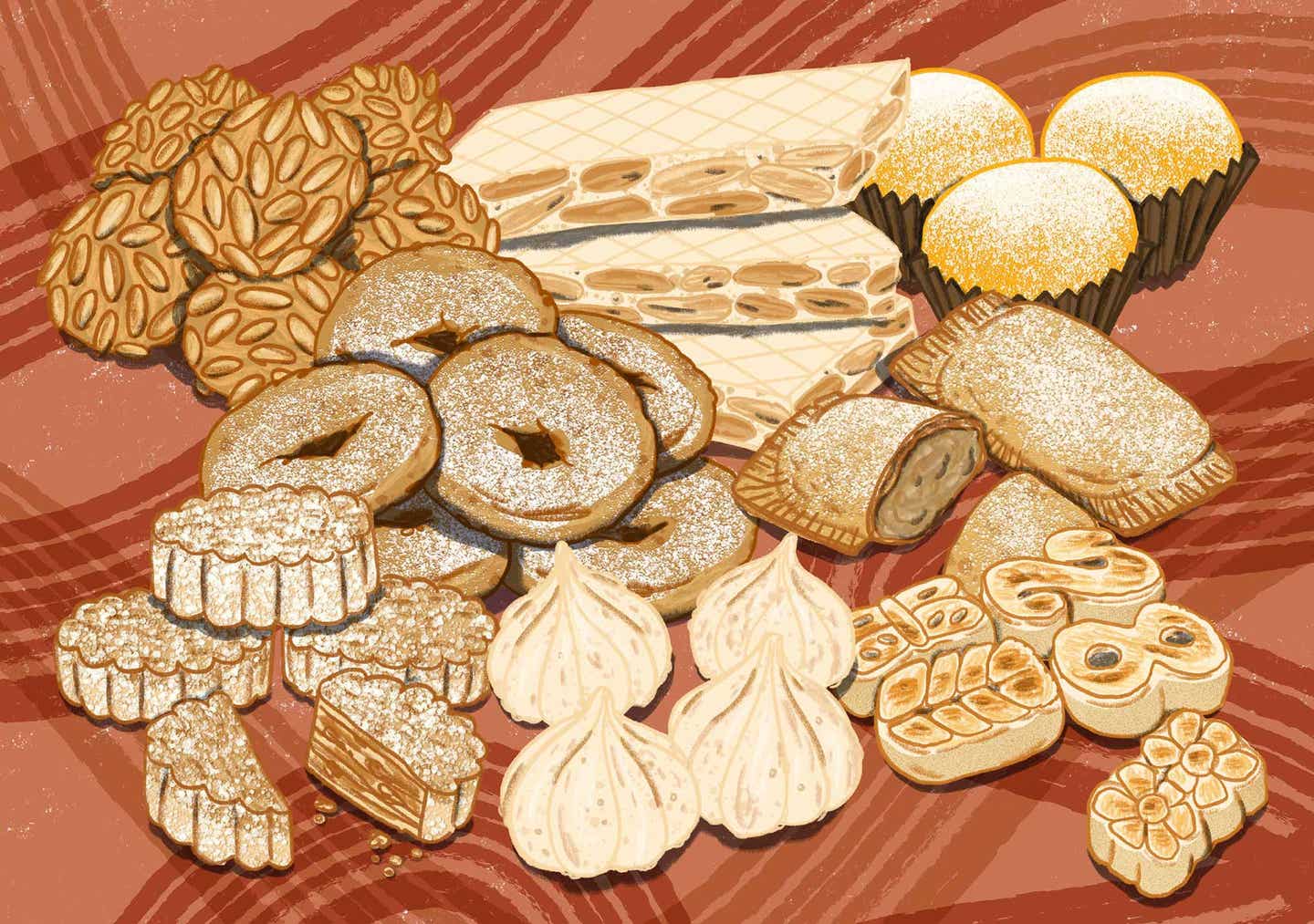
A Field Guide to Spain’s Great Cookies
These eight quintessential cookies and confections speak to Spain’s ancient past—and its mouthwatering present.
Reach into a cookie jar in Spain, and you might pull out a powdery almond polvorón; an orange-scented mantecado; a sticky marzipan figurine; or a deep-fried casadiella stuffed with thick, boozy walnut paste. There’s a whole world of cookies out there waiting to be nibbled on in Spain—and baked at home—yet most Americans couldn’t name a single one.
Maybe that’s because traditional Spanish cookies are “adult”: They aren’t gooey in the middle or particularly sweet and are far too monotone for Instagram’s algorithm. To the American palate, they can be perplexing, since many verge on savory with ingredients like lard, aniseed, olive oil, and aguardiente (80-proof brandy; literally, “firewater”). Sprinkles? Pink icing? Chocolate chips? Venga ya, hombre. Cookies in Spain are straightforward and frippery-free, more at home on the coffee cup saucer—or charcuterie board—than on the dessert plate. Think of them as snacking cake in cookie form—they come together quickly, rely on cheap pantry ingredients, and dress up as well as they dress down. I always marvel at the variety of textures, which vary from crunchy to cakey to flaky, and at the generous quantities of citrus and ground nuts that find their way into the dough. And because there’s rarely any dairy involved (Spain’s baking fats of choice are lard and olive oil), you can serve them fresh or keep them for weeks and nobody will be the wiser.
The Moors, who called the shots on the Iberian Peninsula for seven centuries, are to thank for many desserts popular in Spain today—just look at the Arabic-root names of sweets like alfajor, alajú, and mazapán. Honey had been the primary sweetening agent in Iberia since time immemorial, but around the 10th century, the Moors brought sugarcane to Al-Andalus (Islamic Spain), planting sprawling groves in the south and east. This was a game-changer: The crop was a boon not only to the economy but to medieval Spain’s culinary canon. As María José Sevilla writes in Delicioso: A History of Food in Spain, in Al-Andalus “there were recipes made with an array of ingredients such as butter, rose water, yeast, milk, cheese, almonds, hazelnuts, walnuts, and honey,” adding that “cooks could select from lavender, cloves, cinnamon, saffron, or pepper, among others.”
After the Reconquista, which brought the Catholic Monarchs to power and expelled thousands of Moors and Jews, Spain’s Arab-influenced pastry tradition was inherited and preserved by nuns, who often depended on selling their wares for income. Even today, some of the finest pasteles (pastries), tortas (flatbreads), and other sundry dulces (sweets) can be found in convents, wrapped in wax paper and sold by the kilo to locals and tourists alike.
Of course, these days you can track down all sorts of cookies in Spain, from Scottish shortbread to American chocolate-chip, but Spaniards still have a sweet spot for the classics, which vary by region and are often associated with holidays like Holy Week or Christmas. Many follow centuries-old formulas that bypass white sugar and chemical leaveners altogether.
My favorite is the ultra-flaky mantecado, Moorish with its abundant orange zest yet hardcore Christian-Spanish with its ibérico lard and white wine—in sum, the history of Iberian pastry in a sugar-dusted bite. It’s one of countless Spanish cookies that deserve worldwide renown, but lest we bite off more than we can chew, here are eight that stand out for both flavor and cultural importance.
Mantecados
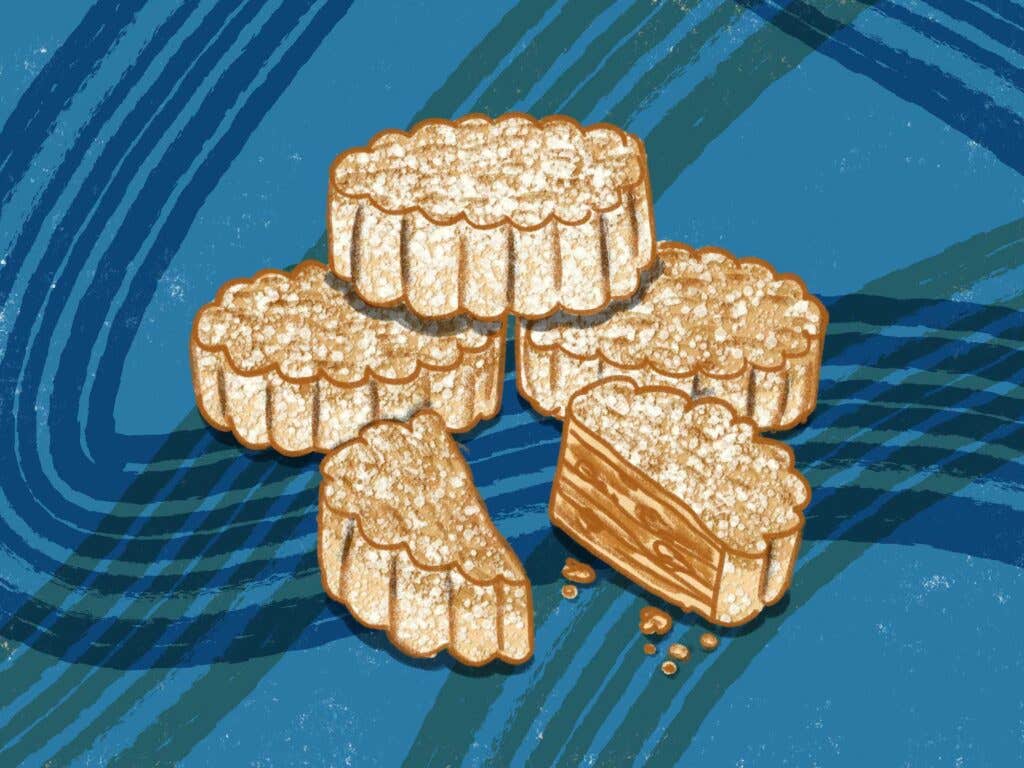
Get the recipe for Mantecados »
Mantecados are an edible elevator pitch for baking with lard: They’re feather-light yet beguilingly rich and shatter into a thousand sugary shards. Those from Castile-La Mancha, “mantecados manchegos,” are the flakiest of the bunch. They get their lift from dry airén wine and fresh-squeezed orange juice, whose vapors raise the laminated dough into delicate layers. In Andalusia, mantecados are denser and more powdery, and often contain cinnamon and sesame seeds. The polvorón, a shortbread eaten around Christmas made with ground marcona almonds and coated in confectioner’s sugar, is a close relative.
Mazapán
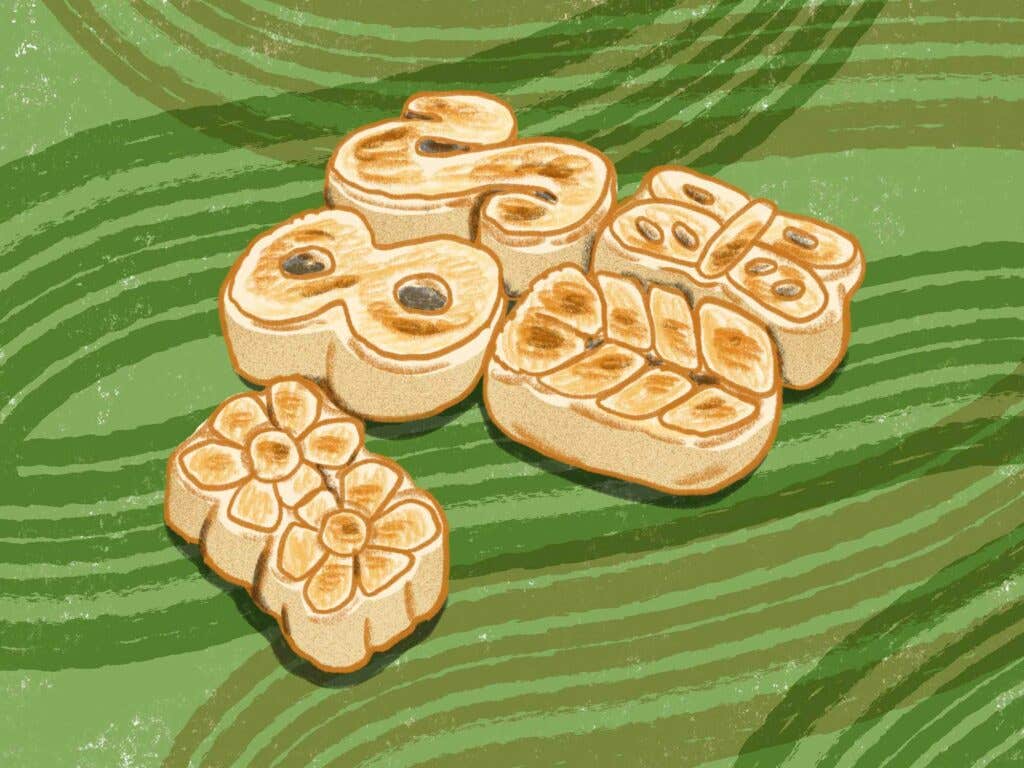
There’s little more to mazapán (marzipan) than almonds, sugar, and eggs, but how those ingredients are mixed—and coaxed into dainty decorative shapes, often for Christmas festivities—makes the Spanish rendition stand out. The medieval city of Toledo may be mazapán’s birthplace: It was here, in 1212, that nuns at San Clemente Convent are said to have nourished fatigued soldiers with a mixture of pounded almonds and sugar in the absence of bread, which was scarce at the time. San Clemente’s nuns continue to make marzipan according to a secret ancient recipe that calls for Valencian almonds, lemon zest, and a touch of cinnamon.
Suspiros de Moya
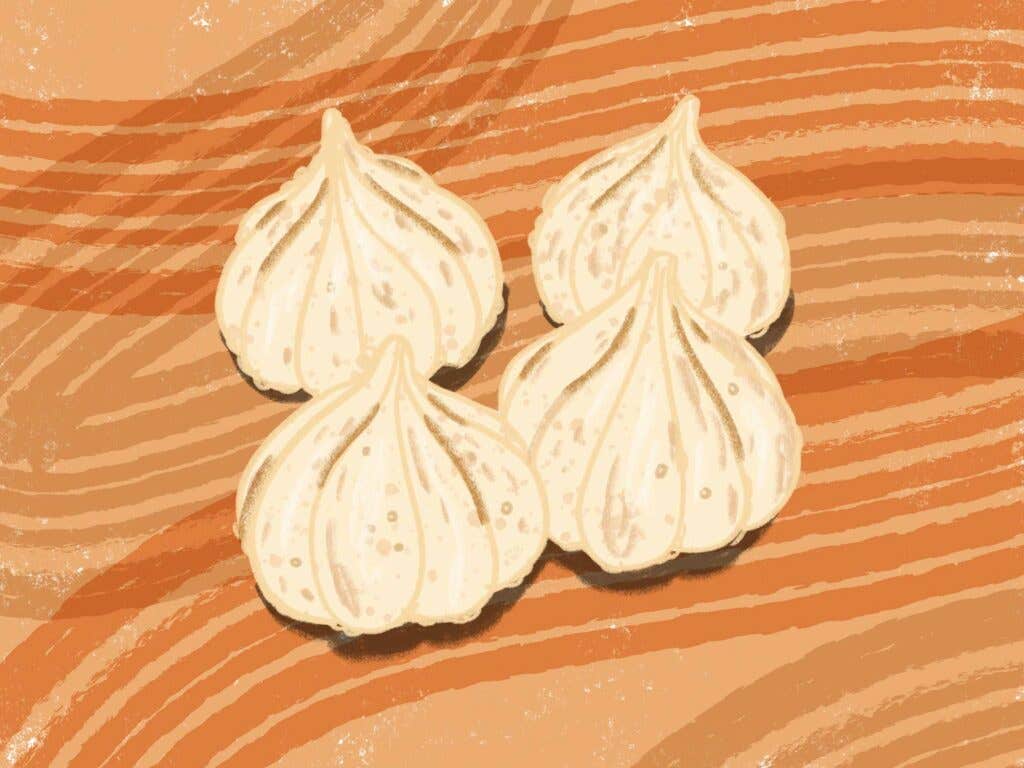
The Canary Islands punch above their weight when it comes to Spanish sweets, which makes sense, since for centuries the archipelago was a sugar-production hub as well as a key pitstop on Transatlantic trade routes. Suspiros de Moya are one of the Canaries’ most notable confections: double-baked meringues from the verdant inland town of Moya on Gran Canaria that dissolve on your tongue like cotton candy. They’re often piped into pointy stars and flavored with lemon peel.
Panellets
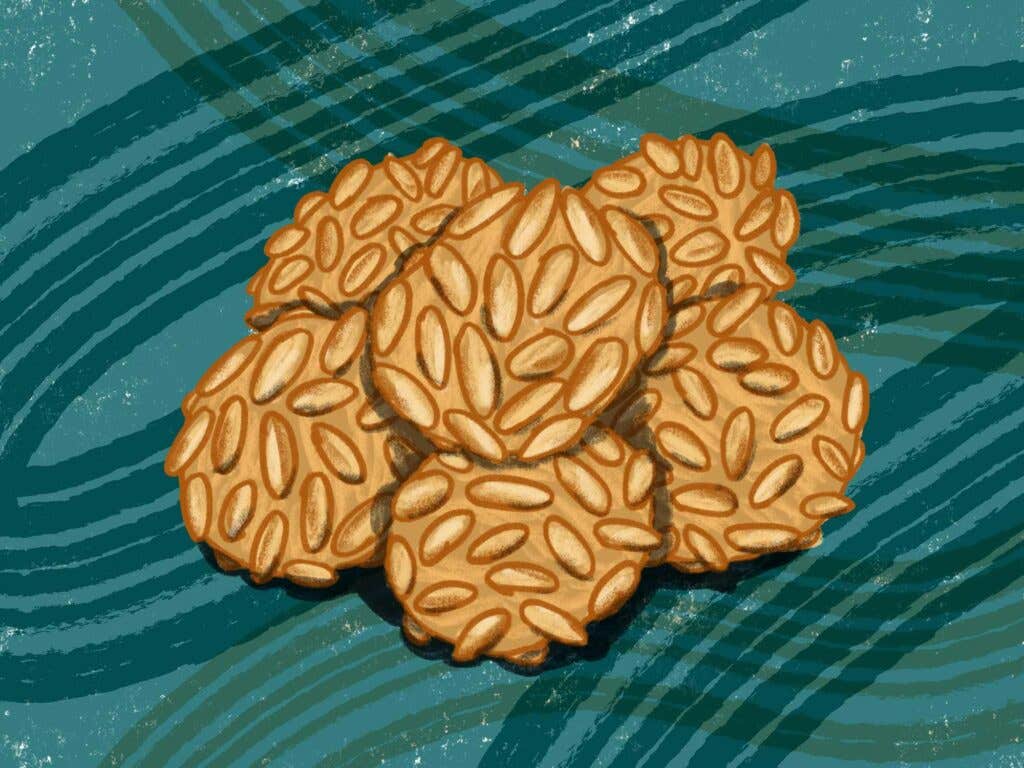
These spongy almond cookies, striking for their pine nut-studded exteriors, are gobbled up by the dozen in Catalonia, Valencia, and the Balearic Islands on All Saints’ Day, November 1st. To make them, cooks knead together a simple dough of almond flour, lemon zest, and eggs, then roll each cookie in pine nuts before baking. Panellets have been around since at least the 18th century, when locals would prepare them as graveside offerings and take them to the church to be blessed.
Yemas
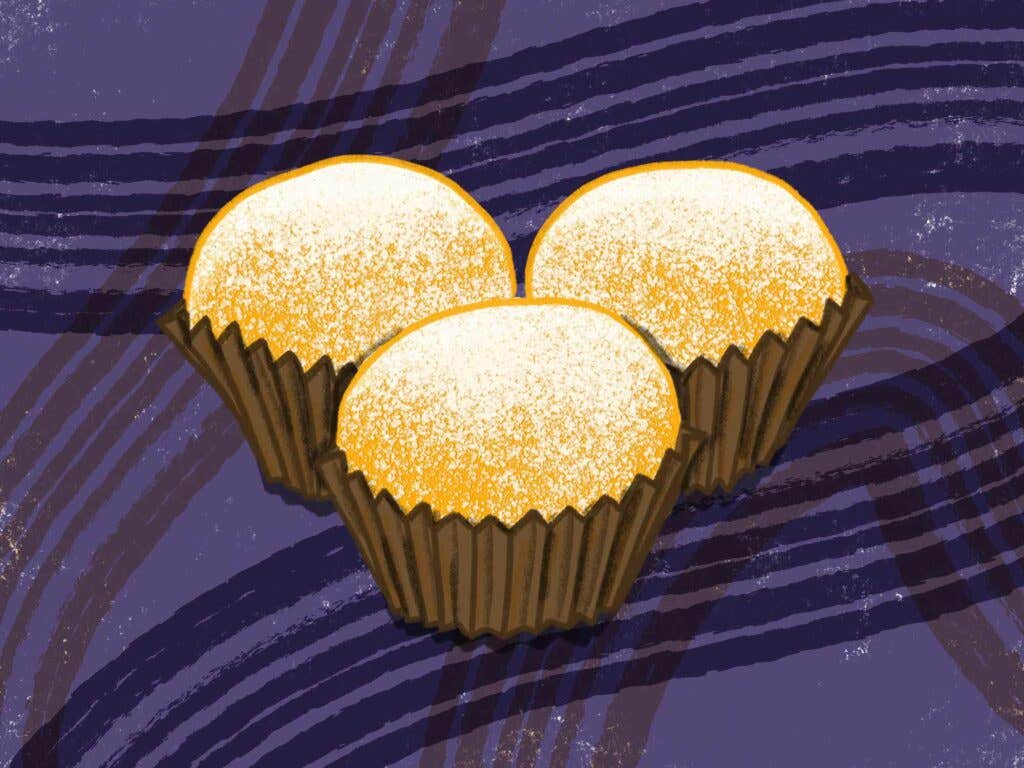
Few visitors to the Castilian city of Ávila leave without trying its famous yemas de Santa Teresa, dandelion-yellow orbs dusted with powdered sugar and nestled in crinkly paper wrappers. The confections resemble their main ingredient, egg yolks, which are beaten with lemony sugar syrup over low heat until thick and velvety before being rolled into gumball-size spheres. Today they’re popular across Spain, and many families mail-order boxes of them as a special treat.
Rosquillas de anís
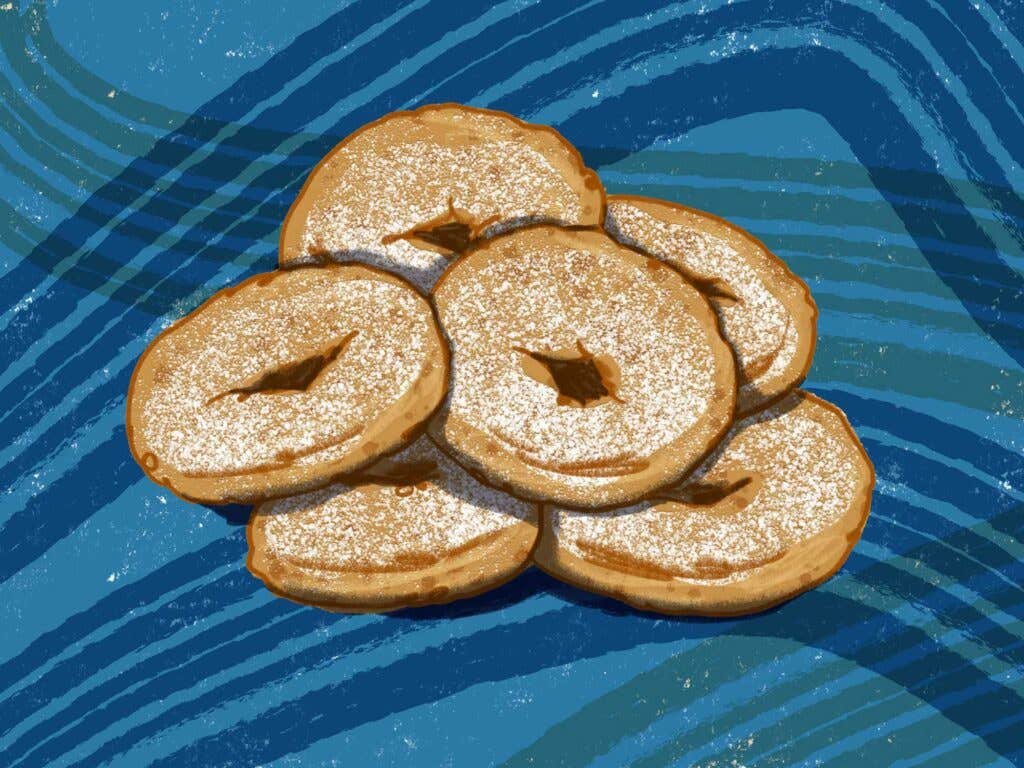
Rosquillas, fried doughnut-shaped cookies, are a Holy Week treat throughout the country. They get their richness from eggs and olive oil and their intoxicating aroma from cinnamon, lemon zest, and anise liqueur. Fresh from the fryer, they’re soft and cakey; left out for a few hours, they turn dry and crumbly, perfect for dunking into an afternoon café cortado.
Turrón
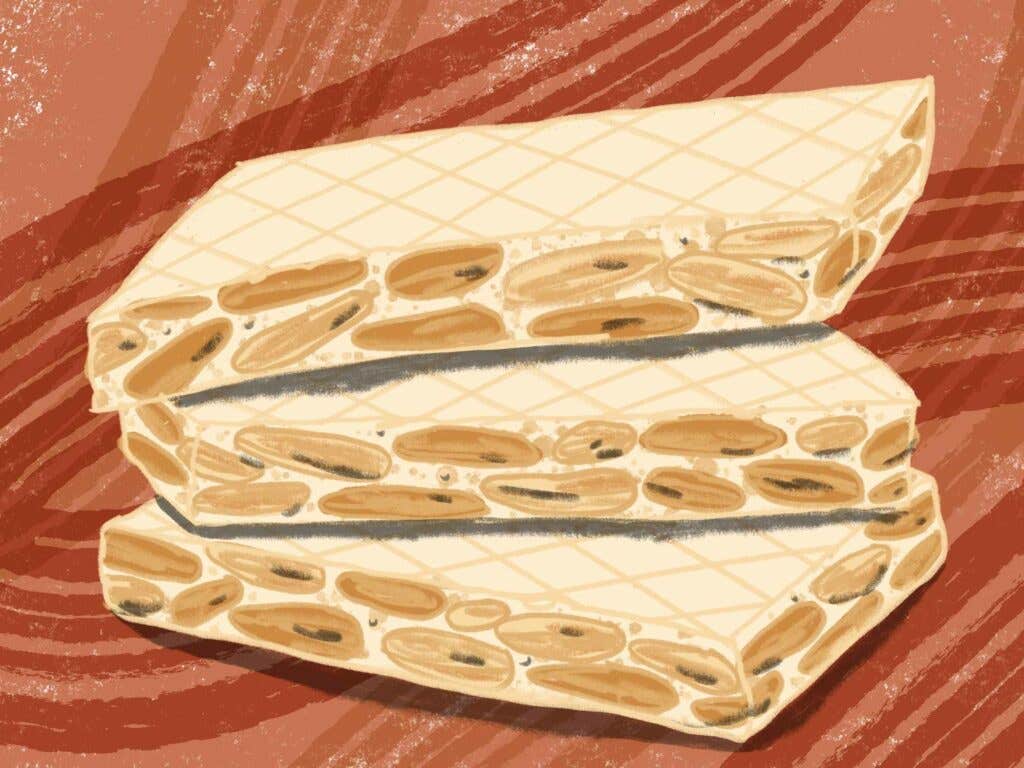
The star of the Christmas dessert spread in Spain is turrón, a nougat whose most traditional version contains almonds, honey, and egg whites. Good turrón may be the best nut brittle you’ve ever had—crunchy, sweet, and faintly floral, a holdover from the almond-scented kitchens of Al-Andalus that hasn’t gone out of style since at least the 11th century. The soft version native to Jijona is worth seeking out; it crumbles like halva and is blended in a special (and, uh, vaguely sexual) mixer called a boixet.
Casadielles
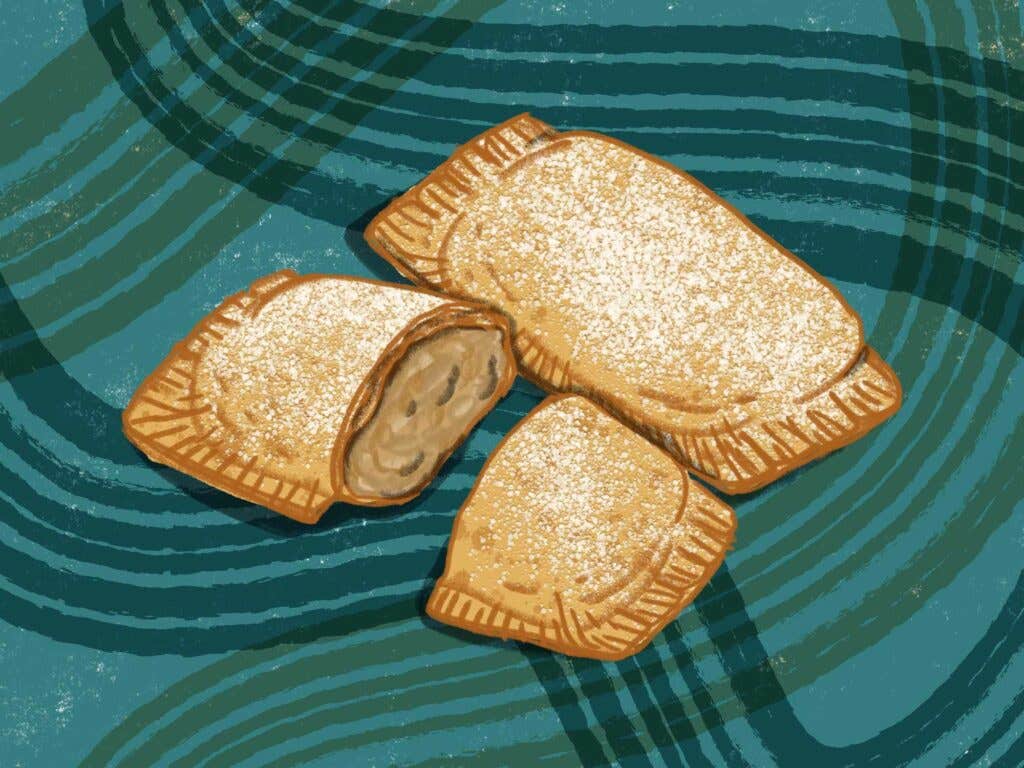
Some of Spain’s most mouthwatering desserts hail from the mountainous northern region of Asturias—it’s easy to overdo it on chocolate-dipped moscovitas or carbayones oozing almondy pastry cream—but its most storied pastry is perhaps the casadiella, thought to be of Roman origin. A carnival snack, it’s essentially a dessert empanada: crimped fried dough stuffed with a heavenly sludge of ground walnuts, eggs, sugar, and anise liqueur.
Keep Reading
Continue to Next Story
